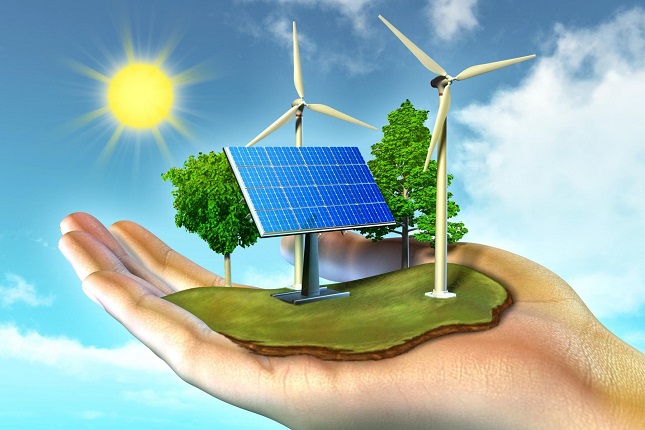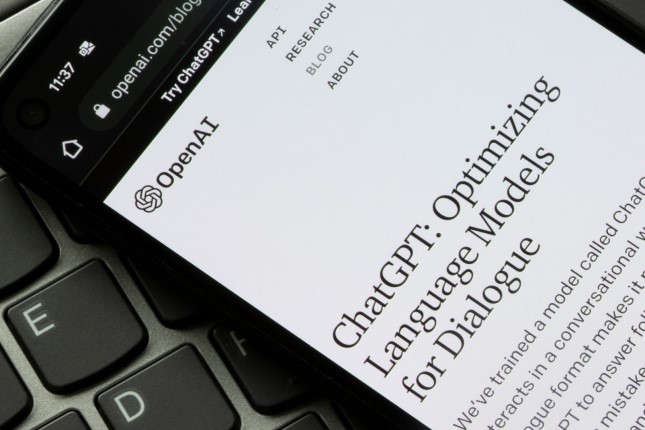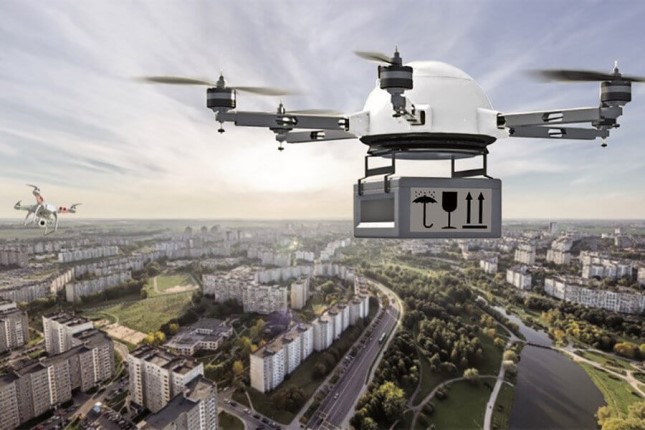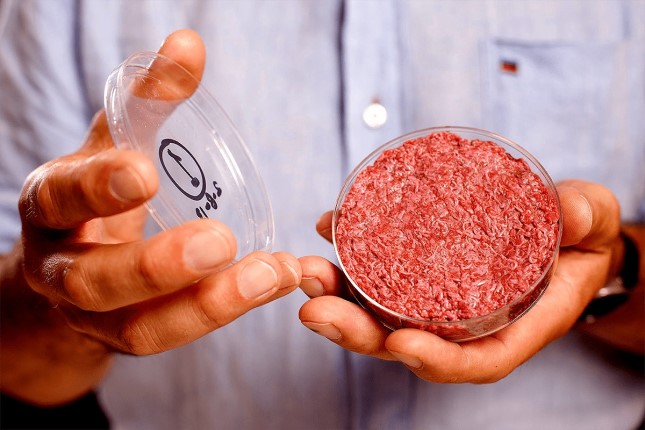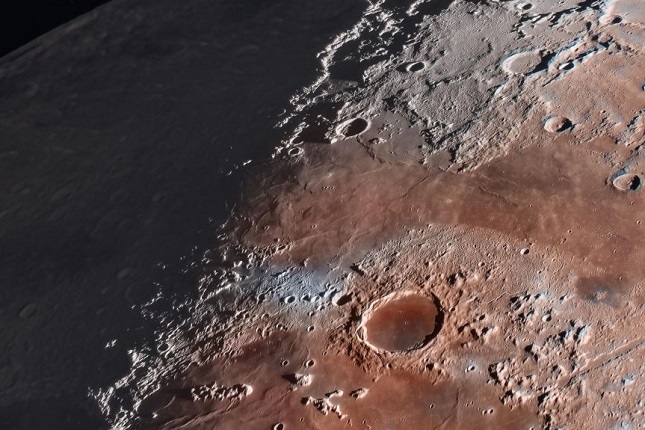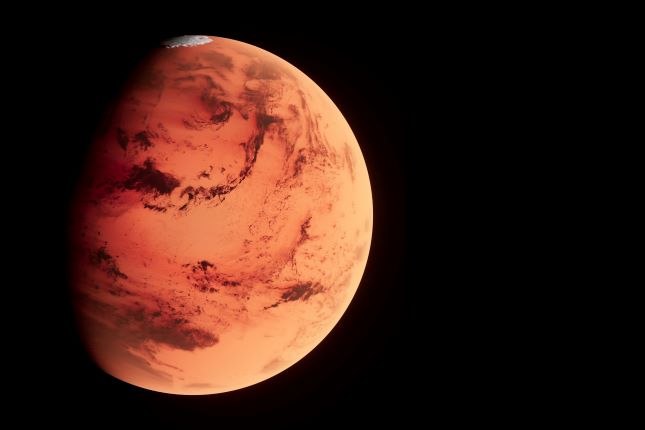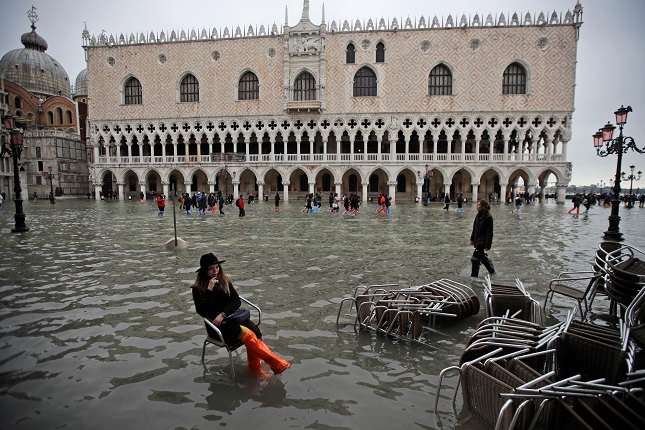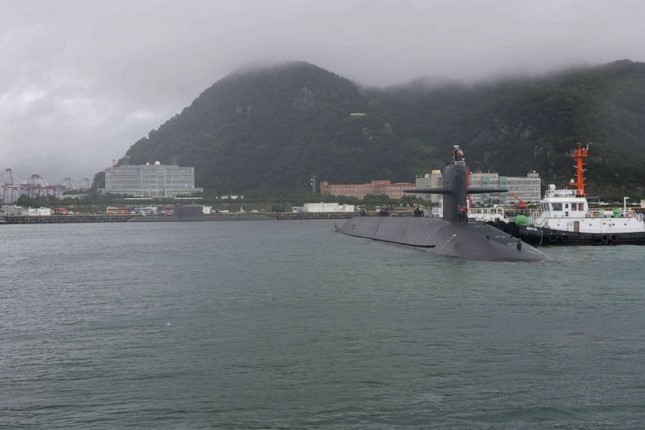Solar panels are less efficient in extreme high temperatures, University of Sheffield experts warn after studying solar systems’ performance in the UK that was hit by record-high temperatures in July. In some parts of the country, July temperatures exceeded 40 degrees Centigrade causing solar panels to produce less electricity. According to data from US-based CED Greentech, for each degree increase above 25°C, the maximum power of the solar panel will decrease by 0.258%. The combined drop in efficiency can be as high as 25%.
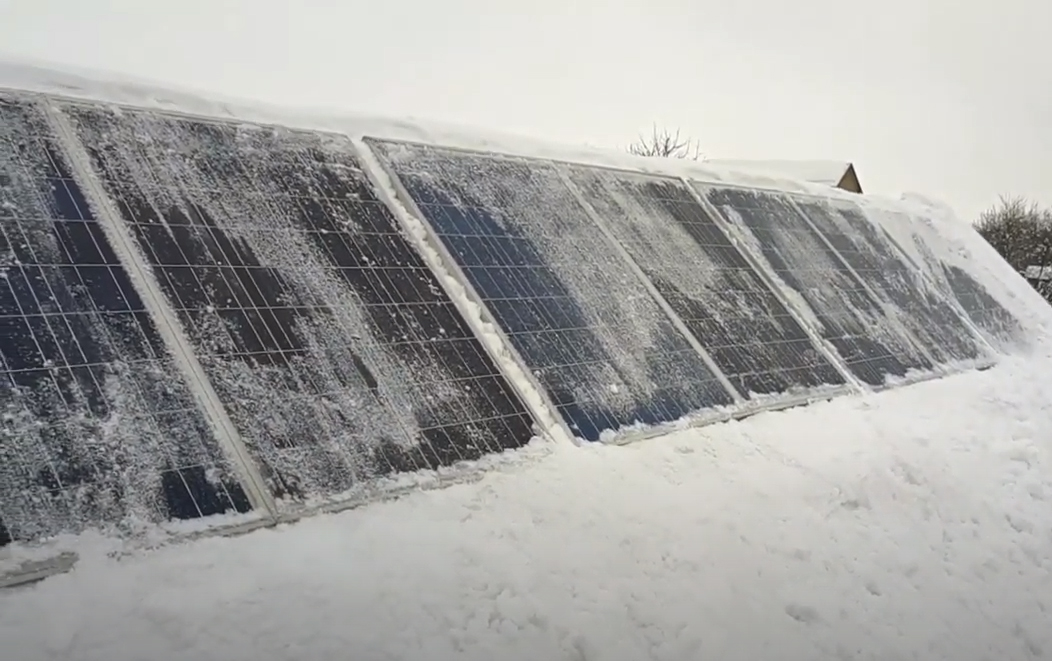
Frozen solar panels
Even the most advanced solar panels are only able to convert into electricity just 22% of the solar energy they get. In theory, according to the second law of thermodynamics, the maximum efficiency will never surpass the 85% mark. And even this maximum output could only be achieved by adding extra elements to the system, including mirrors to focus the sunlight on photovoltaic cells and specially designed motors that will make the whole assembly rotate as it follows the sun. Without these modifications, solar panels’ maximum efficiency will not exceed 55%.
By and large, one square kilometre of solar panels is capable of generating the amount of energy equivalent to that produced as a result of burning one barrel of oil. Oil’s upside is that it is relatively easy and cheap to store (at USD 1 a year per barrel) while only being used to produce electricity when and where this is needed. Things get much more complicated than that with solar power. An equivalent amount of electricity generated from renewable sources of energy, including solar panels, will cost a hefty USD 200 a year.
Take Tesla’s Powerwall. The company’s recent 14 kWh battery sells for around USD 7,100. It would take a household living in a 4-bedroom house over USD 18,000 to buy and install batteries capable of accumulating and storing enough power to last a full day. On top of that, batteries tend to get drained over time.
One major shortcoming of this technology is that we still haven’t figured out how to recycle batteries containing lithium and cobalt waste-free. In addition, solar panels per se are quite expensive and tricky to recycle as you can’t just throw away damaged solar cells.
Rystad Energy analysis shows that recyclable materials from photovoltaic (PV) panels at the end of their lifespan will be worth more than USD 2.7 billion in 2030, up from only USD 170 million this year, with this figure projected to approach as much as USD 80 billion by 2050, provided the current rate of growth in the number of new installations is maintained.
According to a report by the International Energy Agency (IEA), attempts to transition to renewable energy sources will cause the demand for rare earth elements used to produce batteries and PV cells to by far exceed our current capacity to mine them. The IEA estimates that by 2040 the world will need six times as many rare earth metals as today if we want to stay on track to meet our 2050 zero-carbon goals.
As for the widespread use of solar panels, in his book The Next 100 Years, forecaster George Friedman discusses the promise of turning African countries such as the Republic of South Africa, into net producers of clean energy. Citing some unnamed experts, he suggests that Africa’s vast deserts will be literally lined with PV panels to generate untold quantities of energy.
So far, such predictions appear to be little more than pipe dreams. And not only because solar panels have been shown to underperform in hot weather. To top it all, they are quite finicky to operate. In particular, they are very sensitive to the destructive effect that will be produced on them by sandstorms that in deserts such as the Sahara can impact materials in largely the same way as a sandblaster would. After each such storm, solar panels will need to be cleared of sand on huge areas with some of them requiring a complete replacement. All of this will entail considerable additional investment.
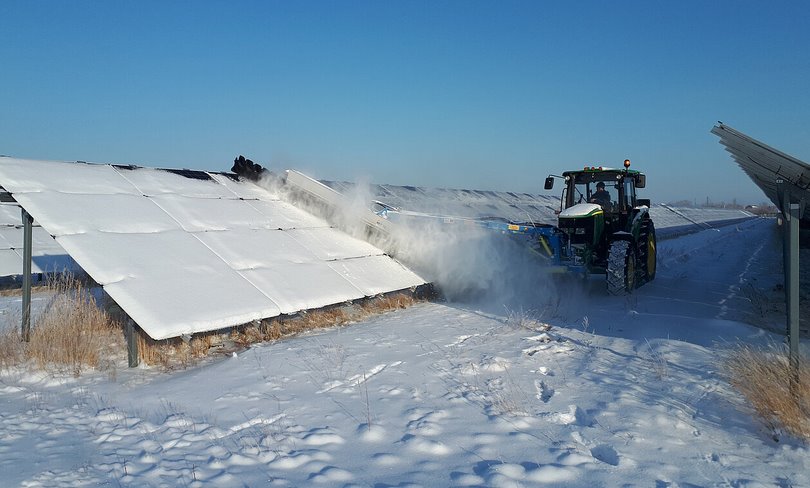
Cleaning the solar panel from snow
Wind power generation
It seems more likely than not that both the residents and the government of the state of Texas must wish they had not at one point decided to bank on developing local wind power generation capacity and bring its share in the state’s energy mix to 20%. This summer, the wind turbines let them down, again, forcing Texans to modulate their energy consumption needs and conserve electricity. The abnormal heat coupled with zero wind have led to a major drop in power generation. The state’s governor and officials are helpless to do anything as there appear to be no immediate market-based solution to this problem. The situation is further compounded by the fact that the power grid in Texas is not connected to those of the neighboring states. In a gesture that poignantly illustrates the "reliability" of clean technologies, Tesla, for one, has issued an appeal to Texas-based owners of its electric vehicles to avoid charging their cars during peak hours to reduce the load on the state’s power grid.
Texas’s wind turbines had failed once before, back in February 2021, but that time around the failure was caused by a record cold snap. High humidity coupled with a sharp drop in ambient air temperature caused ice to collect on wind turbine blades. Compounded by an increase in demand for electricity used for heating as a result of extremely cold weather, this dealt a serious blow to the state’s power grid. Granted, this is something that could have been prevented by engineering a system that would heat turbine blades or by treating them with de-icing fluids but this would cause the cost of power generation to skyrocket.
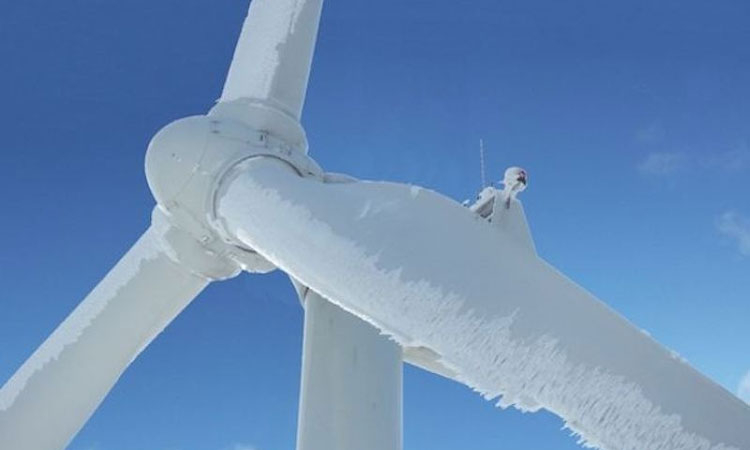
A frozen wind turbine in Texas
And even when the weather is at its most average, the efficiency of wind turbines leaves a lot to be desired. Typically, they run at just 30% of their installed capacity in any given year simply because the wind doesn’t blow all the time. That said, wind power generators are susceptible to damage by hurricanes and lightning bolts that will in turn require costly repairs.
Wind turbines suffer from yet another major disadvantage known as noise pollution. It is important to keep in mind that although TV commercials like to show us beautifully designed turbine blades spinning to the sound of nice music, in reality they produce constant low-frequency humming noise and cause vibrations that could have a severe adverse effect on people’s mental state.
A study published by the College of Family Psychiatrists of Canada found that "exposure to noise produced by wind turbines caused sleep deprivation, daytime sleepiness, and deterioration of mental health among residents living within 1.4 km of the two wind turbines included in the study".
Another serious challenge faced by the wind power sector is the negative effect wind turbines have on wildlife, both directly, through collisions, and indirectly, by causing habitat-destroying noise pollution and vibrations. According to the US Geological Survey, wind turbines kill bats and birds who help generate billions of dollars in economic benefits to agriculture annually by eating pests.
The wind generation sector is also grappling with the problem of wind power storage and transmission of energy to end consumers. Wind turbines are typically built in open areas: in open fields, on hilltops, or in water, where the wind tends to be stronger. Delivering the electricity from such locations would take serious investments in power transmission lines. And, if the lines end up being too long, power losses due to resistance will be inevitable and quite sizeable, too.
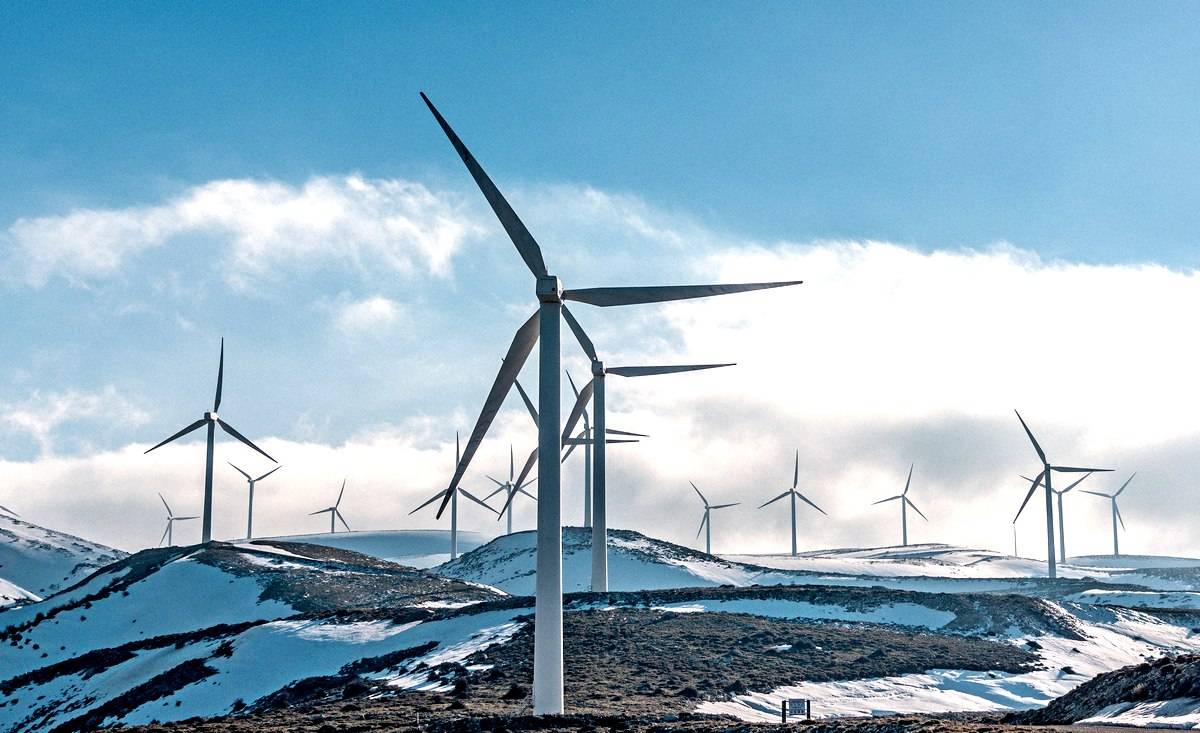
Wind farm in Texas
Hydrogen
Hydrogen engines is yet another eco-friendly way to produce energy. The power generated by wind turbines (or by the sun) could be used immediately to induce electrolysis, or the process of splitting of water into the molecules of oxygen and hydrogen. The resulting hydrogen can be stored and later burned to generate power. That said, experts say that this method is too costly and not efficient enough.
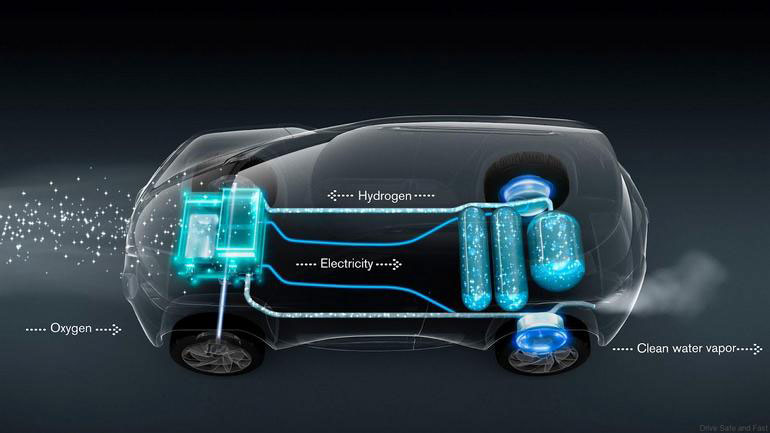
Scheme of operation of hydrogen fuel
Until recently, however, hydrogen had been viewed as a very promising alternative. In their recently published report, experts from the Hydrogen Council claimed that hydrogen would meet 18% of the world’s total final energy demand by 2050. Other forecasts suggest that the global consumption of hydrogen will rise to 370 million tons a year by that time (growing further to 800 million tons by 2100).
This energy source’s relative eco-friendliness is cited by its proponents as one of its key competitive advantages, although there is no consensus even among hydrogen energy supporters on what exactly that is. It is widely believed that it is the so-called "green hydrogen", produced from water by electrolysis, that is the safest energy source for the planet, provided that electrolysis is powered by a green energy source such as solar or wind. If, however, the electrolysis process is to be carried out using electricity obtained in a more traditional way, hydrogen’s eco-friendliness will be out of the question.
There is also "blue" hydrogen that is considered to be more harmful to the environment. Produced from natural gas, it releases carbon in the process, and the carbon thus generated is supposed to be stored in specially-designed underground storage facilities. Blue carbon faces strong opposition in many countries around the world. Its UK opponents, for example, argue that its production is dependent on external sources of energy (such as natural gas needed to generate electricity), and, therefore, it is fraught with many risks. Our recent experience with wind and solar power generation and with LNG shortages is an indication that these fears may not be unfounded.
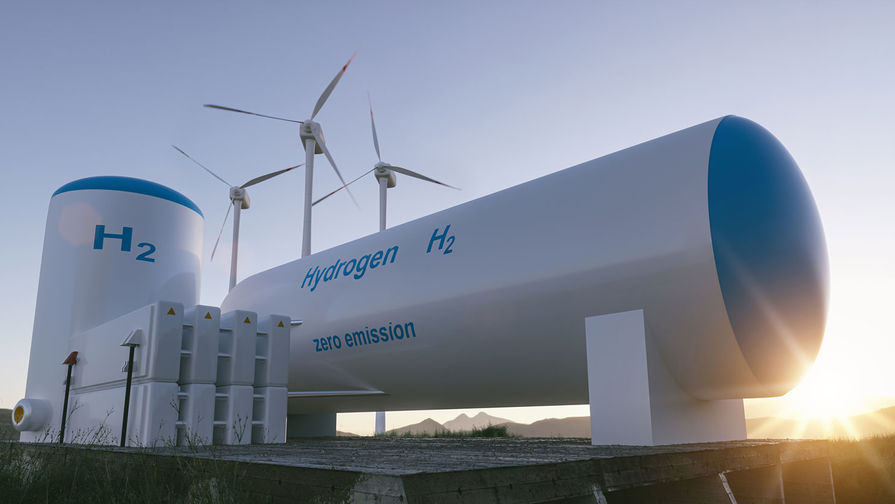
Hydrogen storage
By and large, hydrogen is a source of energy that is quite tricky to use due to its very explosive nature. Even in as small a concentration as 4%, hydrogen’s mixture with air can detonate with the most destructive consequences. All it could take is a spark from a cigarette lighter. Hydrogen storage and transportation is complicated, too. Hydrogen is known to react with almost all known chemical elements either causing metals to corrode or producing aggressive acids when combined with other chemical elements. This means that to be able to use hydrogen on a large scale, the entire power supply infrastructure will have to be overhauled. Pipelines will have to be built from hydrogen-neutral materials resulting, inevitably, in higher generation costs.
Nuclear power
According to the IEA, worldwide nuclear power output would need to double by 2050 to meet carbon neutrality goals. These IEA projections surely have been welcomed in Paris. A short while ago, the EU yielded to pressure from France and designated nuclear energy as "green". For Paris, pushing through such a decision was a matter of principle considering that its nuclear power plants account for over 70% of the nation’s energy balance. In fact, this is one of the reasons why France is feeling quite confident amid the ongoing energy crisis and can afford to look on sympathetically at the neighboring Germany. The Republican party in the US is advocating a similar narrative arguing that thermonuclear fusion as an eco-friendly way to produce energy that is several-fold more efficient than solar panels and wind farms.
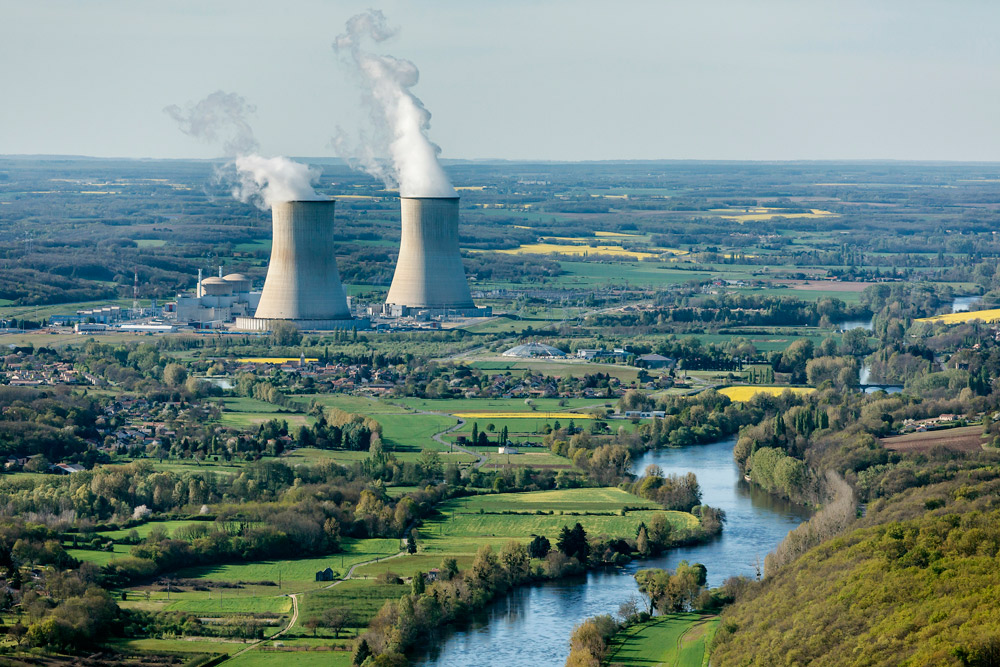
Nuclear power plant "Sivo" in France
That said, as shown by recent weather anomalies, even nuclear power generation may not be such a surefire solution as some may think. Some of France’s nuclear power plants are facing the threat of being shut down due to the record-breaking heat wave. The main reason is that the water used as a reactor coolant is getting too hot. The NPPs first pump this coolant water from natural water bodies only to dump it back afterwards. Yielding to pressure from environmentalists, maximum temperature limits have been put in place for such water effective since 2006. Amid the current weather crisis, the authorities are forced to relax these restrictions faced with the choice of hurting wildlife or compromising the wellbeing of their constituents.
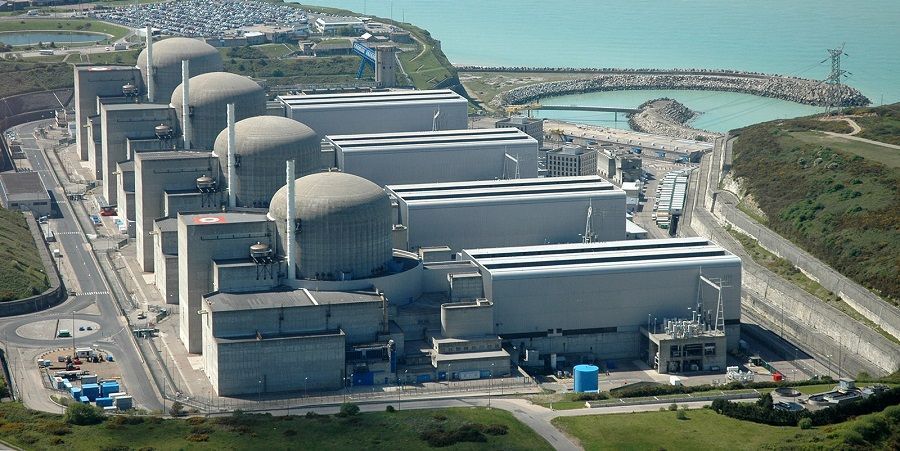
The power unit of the Paluel nuclear power plant in France
Energy for the rich
Spain’s underprivileged and low-income citizens are complaining that while they are forced to pay skyrocketing rates for electricity, the government is spending millions of euros to subsidise the country’s wealthier citizens who can afford installing solar panels on their homes’ rooftops. In the absence of these subsidies, resorting to solar power would be a losing proposition. The same goes for wind power generation. It is only feasible if supported with government subsidies. Which is another point of contention for those who are unable to afford building a wind turbine at home. This is what must be particularly vexing for Texas residents.
In the meantime, there are between 2 and 3 billion people in the world who live below the poverty threshold, most of them wallowing in abject poverty. This obviously has to change but the need to turn this situation around seems to be in apparent contradiction with the drive to advance alternative sources of energy. First, these are more expensive to install and operate, and therefore, the resulting heat and electricity thus generated will be unaffordable for many people. Secondly, renewable energy sources (RES) are less reliable and in the event of their failure they will have to be substituted by the more traditional sources. And yet, the development of the RES sector will in most cases imply a reduction in the amount of investment in traditional power generation capacities. This means that in a case of an emergency consumers might have to face energy shortages and deal with rising prices. At a time when the planet’s population is growing at a rapid pace, it will not be possible to provide decent livelihoods for all without the traditional trio of energy sources: oil, gas, and coal.
